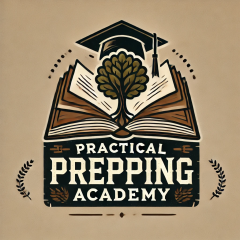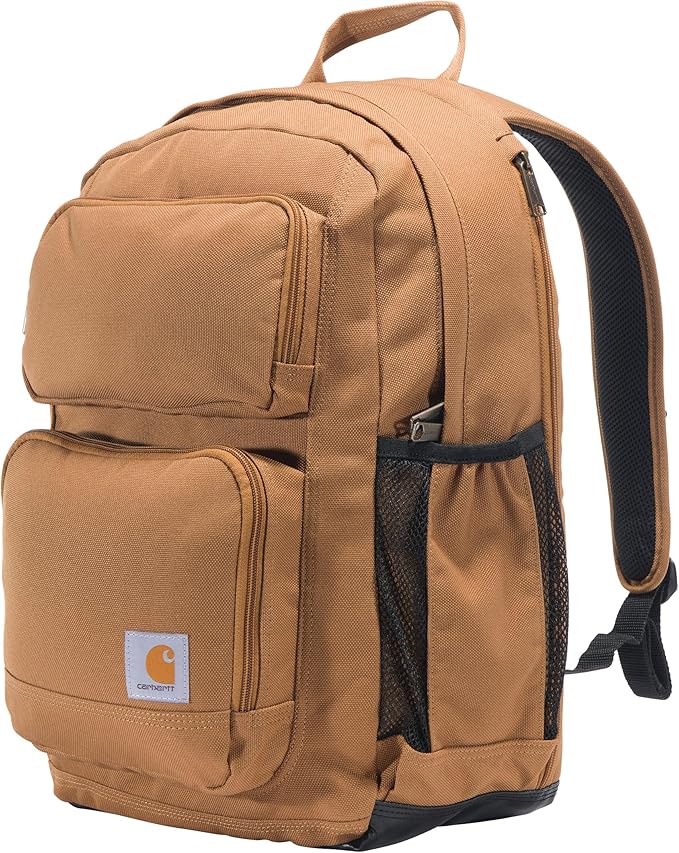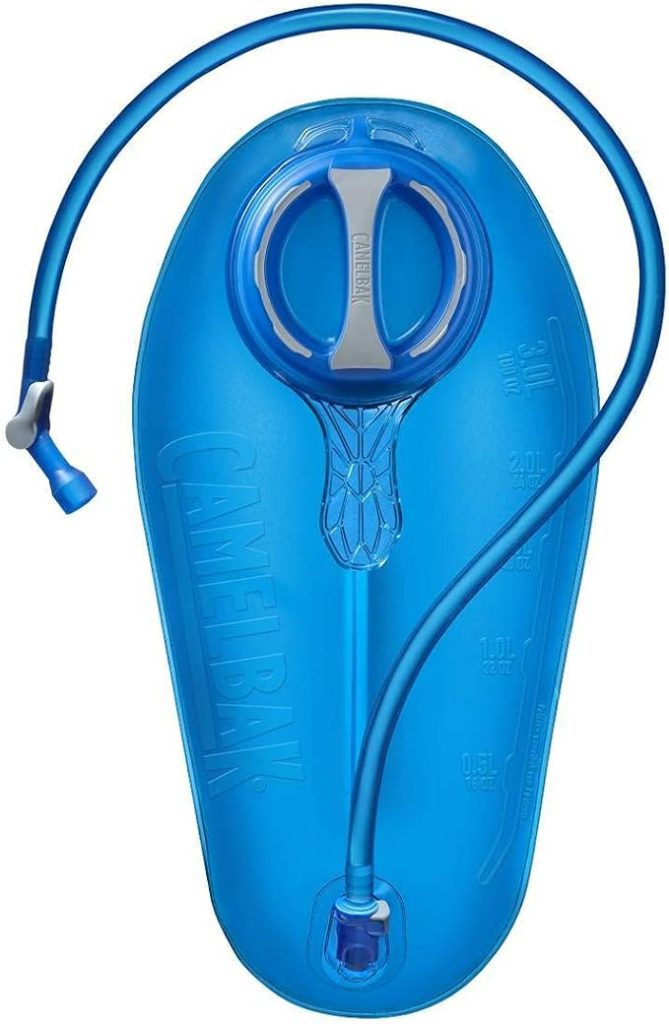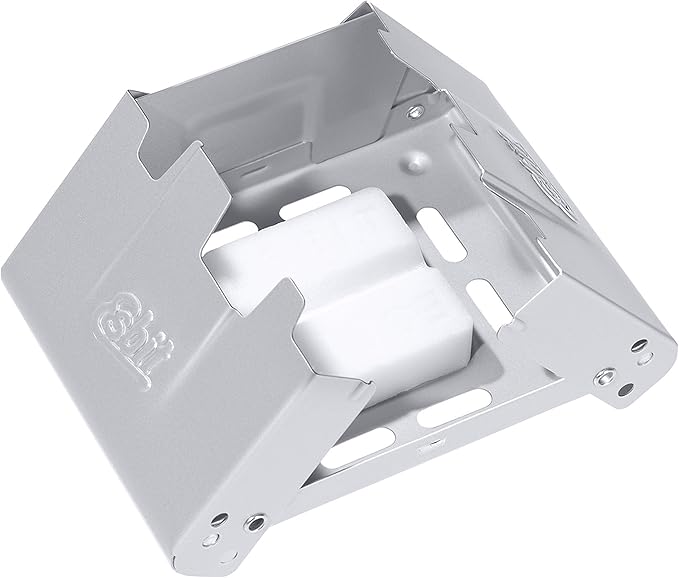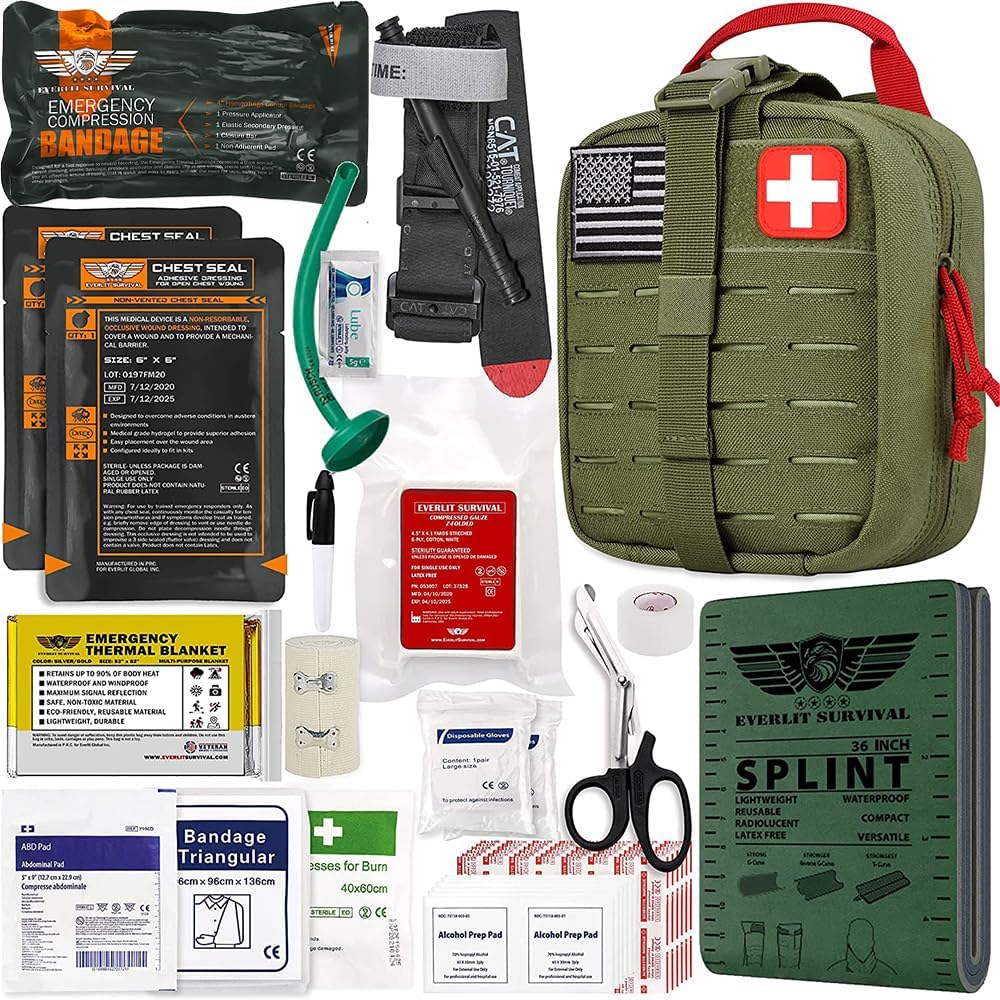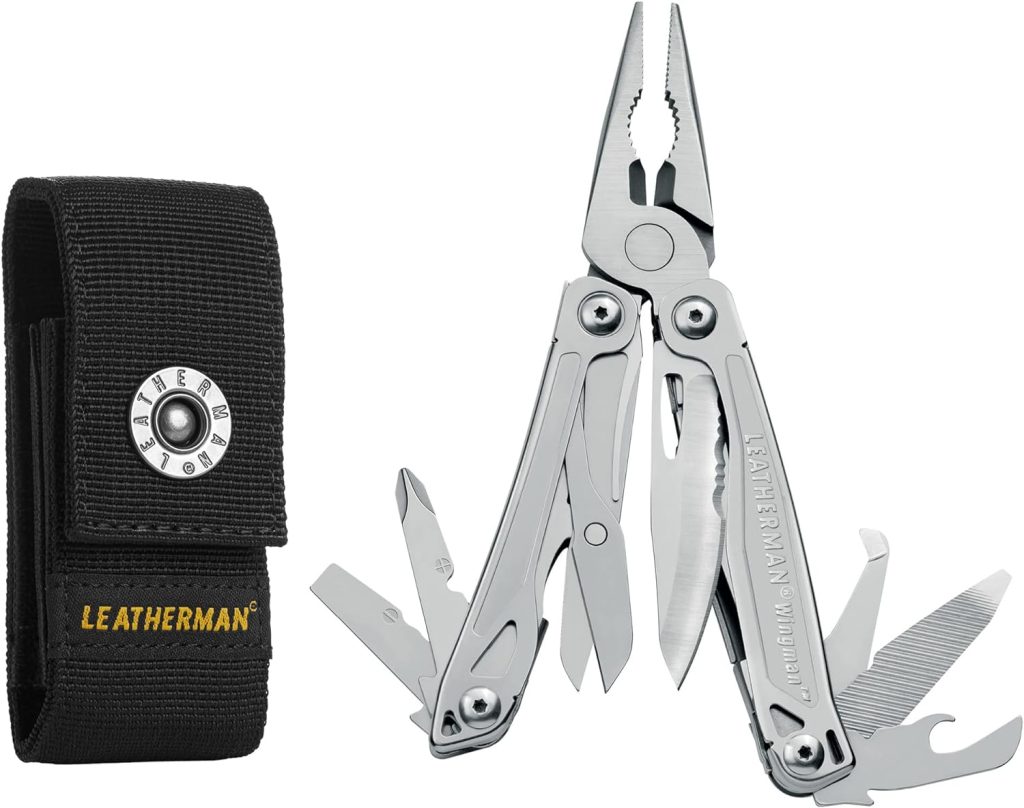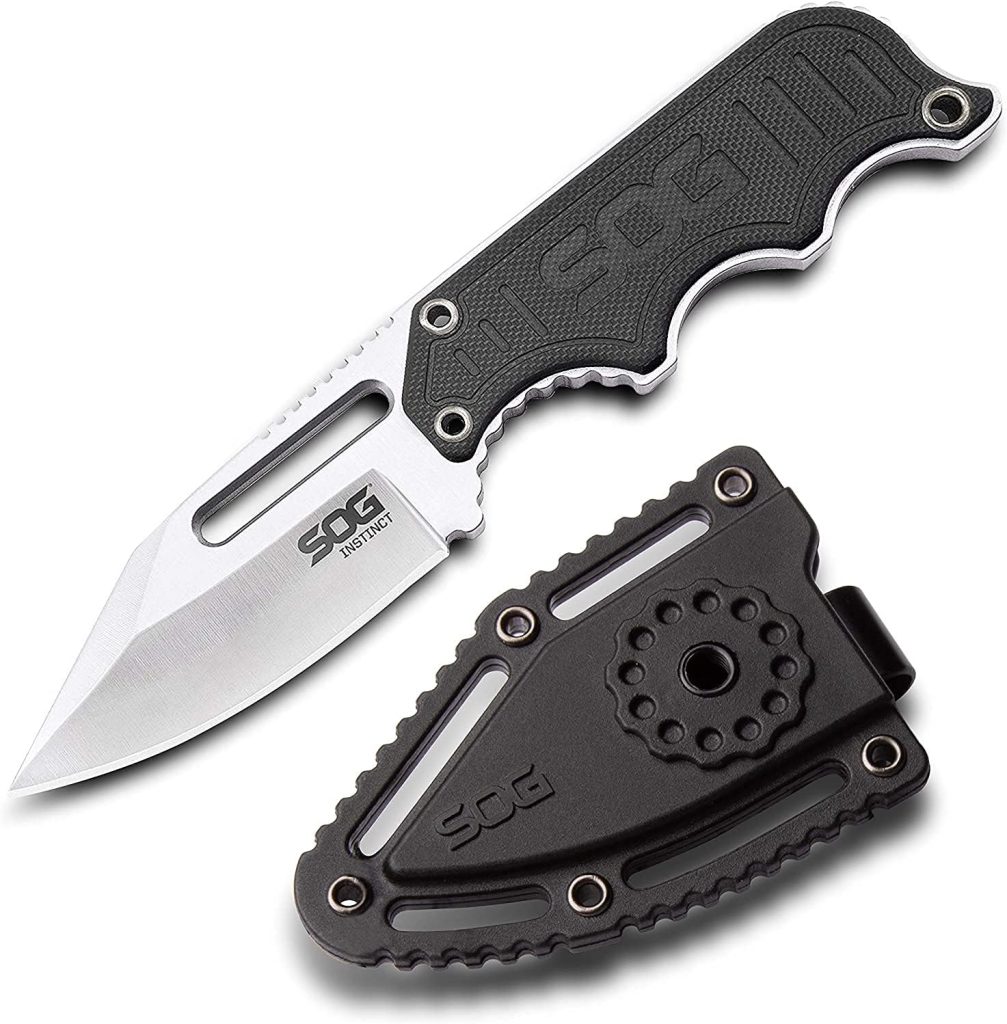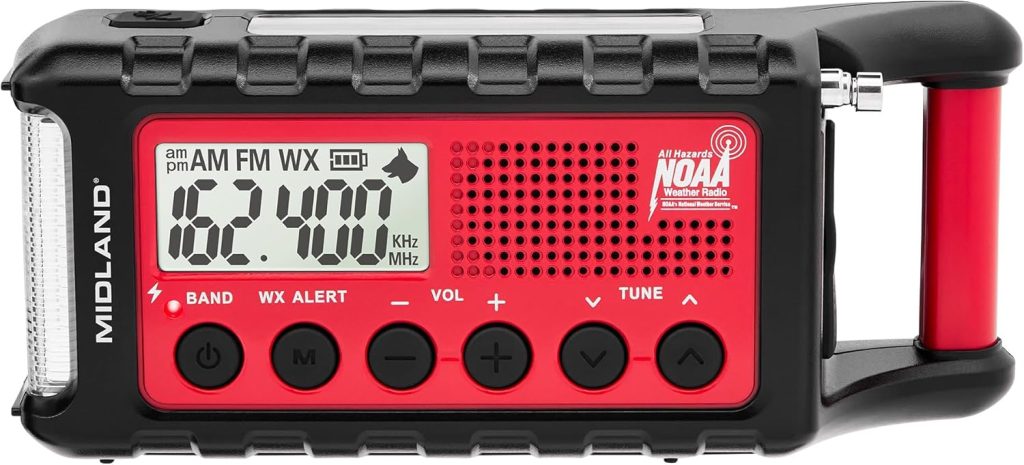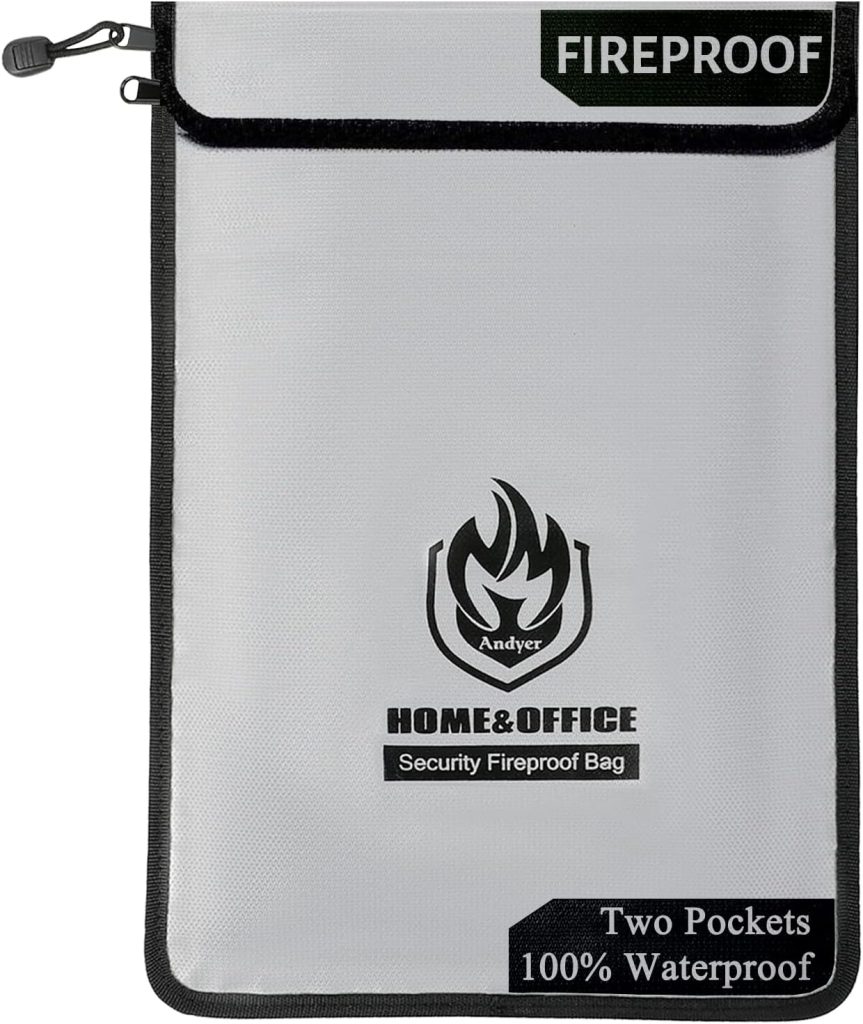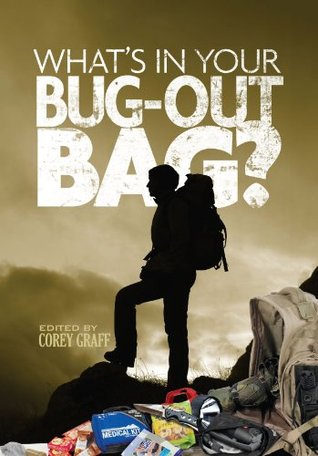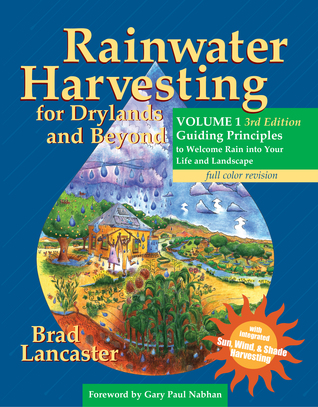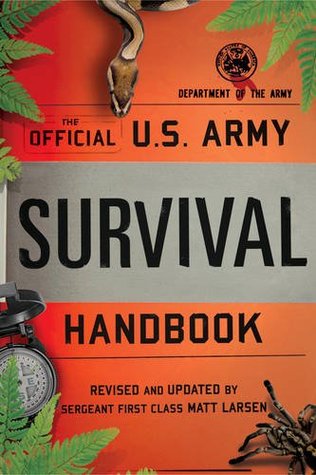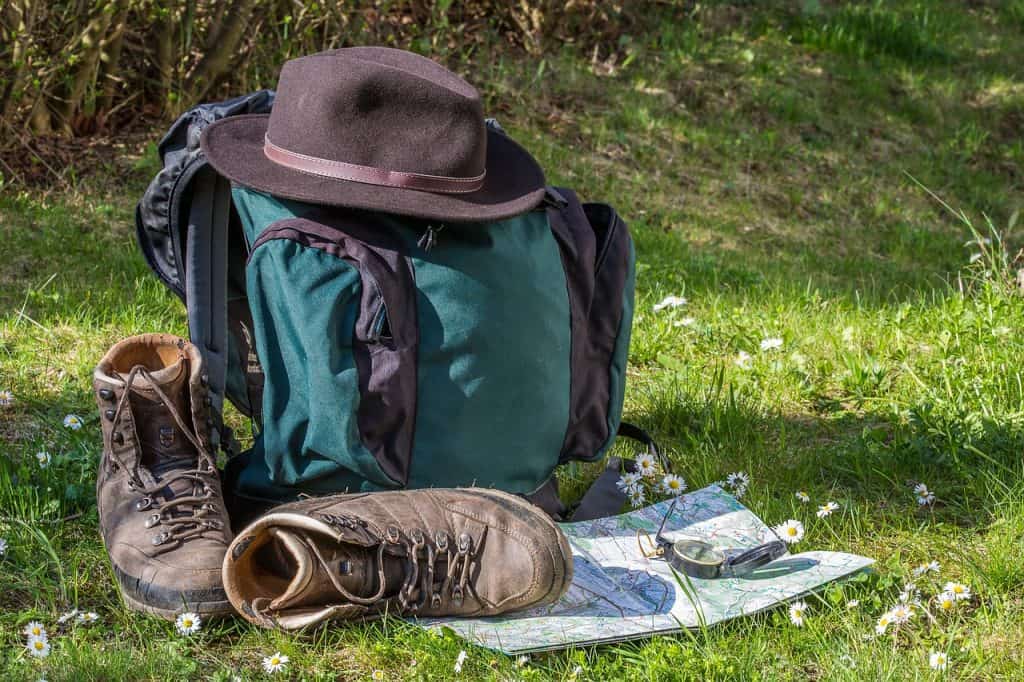
When disaster strikes, having a well-packed bug out bag (BOB) can mean the difference between chaos and survival. Whether you’re preparing for natural disasters, power outages, or societal disruptions, a thoughtfully assembled BOB ensures you have the essentials to sustain yourself for at least 72 hours. Here’s how to build the ultimate bug out bag with strategic gear choices and smart organization.
1. Choose the Right Bag
Your bug out bag should be durable, lightweight, and spacious enough to hold essential gear. Look for a tactical backpack with multiple compartments, MOLLE webbing, and padded straps for comfort (Check out top rated tactical backpacks on Amazon).
If you’re going for a Gray Man approach, stick to a regular school or work backpack that can still hold all your gear and provides support and breathability. The Carhartt 28L and JanSport Odyssey are great choices for this!
2. Water and Hydration
Staying hydrated is critical. Include:
- Water bottles or hydration bladders (like CamelBak)
- Portable water filter (e.g., LifeStraw or Sawyer Mini)
- Water purification tablets (e.g., Aquatabs or Potable Aqua)
Shop top-rated water filtration options on Amazon
3. Food and Nutrition
Pack non-perishable, calorie-dense foods that require little or no preparation:
- Energy bars and protein packs (Peanut Butter CLIF bars are our fav!)
- Dehydrated meals or MREs (e.g., Mountain House meals or surplus military MREs)
- Compact stove with fuel (like a Jetboil or Esbit stove)
See our full page on Food & Nutrition for more ideas.
4. Shelter and Warmth
Whether you’re bugging out to the wilderness or sheltering in place, protecting yourself from the elements is key:
- Compact tent or tarp (like a Night Cat tent)
- Emergency Mylar blankets (a cheap must-have!)
- Sleeping bag rated for your climate (go for packable bags if possible)
Browse top-rated survival shelters and blankets
5. Fire and Light
Fire keeps you warm, purifies water, and cooks food. Light sources are crucial for navigation:
- Fire starters (ferro rods, waterproof matches, lighters)
- LED headlamp or tactical flashlight (e.g., Energizer or Fenix)
- Long-lasting candles (some last 48+ hours!)
See our page on Survival Skills for fire-starting techniques.
6. First Aid and Hygiene
A well-stocked first aid kit can address injuries and prevent infections:
- Comprehensive first aid kit (bandages, antiseptic, medications)
- Adventure Medical and EVERLIT offer premade kits!
- Personal hygiene items (wipes, toothbrush, soap)
- N95 masks for dust and smoke protection (like 3M masks)
Find first aid and hygiene essentials
7. Tools and Multi-Purpose Gear
A few multi-functional tools can save space and weight:
- Multi-tool with knife, pliers, and screwdriver (e.g., Leatherman or Gerber)
- Duct tape for repairs (e.g., Duck or 3M tape)
- Paracord for securing gear and shelter
- Choose Paracord Planet for quality US-made paracord!
Check out our Must-Have Bushcraft Equipment article for more multi-use survival gear.
8. Self-Defense and Personal Security
Safety is a priority when disaster strikes:
- Pepper spray or personal alarm (SABRE has both pepper spray and alarms)
- Tactical pen or discreet self-defense tool
- Concealable fixed-blade knife (e.g., SOG or CRKT)
- Personal firearm*
- If you’re trained and legally able to own one.
- Firearms require safety, skill, and maintenance!
Shop top-rated self-defense tools
9. Navigation and Communication
When GPS fails, you need backups:
- Topographical maps and compass
- Emergency whistle and signaling mirror (buy them together)
- Hand-crank or solar-powered radio (like Midland, for NOAA weather alerts)
Explore navigation and comms gear
10. Important Documents and Cash
Store crucial information in a dedicated, secure pouch:
- Photocopies of ID and emergency contacts
- Consider a water and fireproof bag for storing!
- Small amount of cash in various denominations
- USB drive with emergency documents
- Build an offline survival library for emergencies too!
Final Thoughts
Building the ultimate bug out bag isn’t about hoarding gear—it’s about choosing wisely and staying prepared. Regularly review and update your BOB based on the season and personal needs. For more in-depth prepping guides, check out our Bug Out & Evacuation section.
Are you building your first BOB? Let us know in the comments what must-have items are in your bag!
